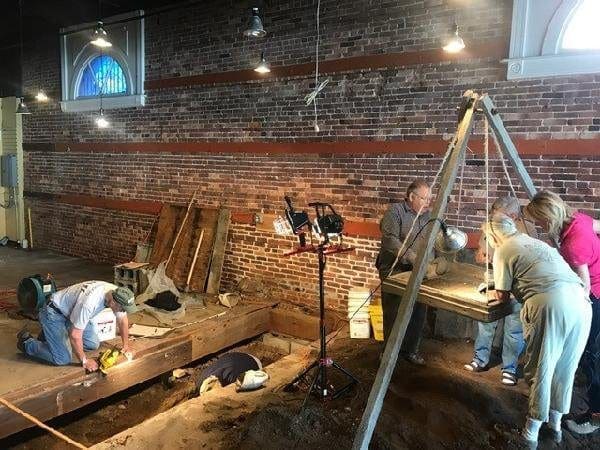HISTORIC FIND IN FLORIDA: 200 YEARS BEFORE THE BARTRAMS

You already know that John and William Bartram traveled to the South in their lifetimes, collecting plants such as the Franklinia tree. Among their stops was present-day St. Augustine, Florida, considered the oldest European-colonial settlement in America. Just recently, however, archaeologists discovered human remains under a St. Augustine wine store, dated nearly two hundred years before the Bartrams arrived in the 1760s.
Let that sink in for a moment — we’re talking about colonists who lived in North America over 400 years ago. Learn more about this fascinating discovery here.
We also checked into with Bartram’s Garden curator, Joel T. Fry, for his reflections on the Bartrams in St. Augustine.
Says Joel: “Both John and William Bartram visited St. Augustine in the fall of 1765 and then through to the spring of 1766. John returned to Philadelphia around June, while William remained in Florida to attempt to found a plantation on the St. John’s River. That failed by the end of summer, but it seems William remained in Florida, probably at St. Augustine into sometime in 1767. Then William was back again in Florida for much of 1773.”
“When the Bartrams arrived in 1765, the British had just taken over ownership of the East Florida colony from the Spanish, and were busily tearing down and erasing things that were overtly Spanish. John Bartram wrote they were tearing down houses and cutting down Spanish orchards, which he thought was a crime.”
More information about the archaeological find here.


